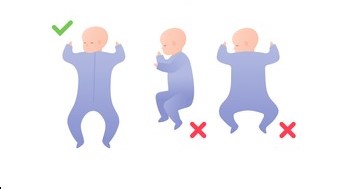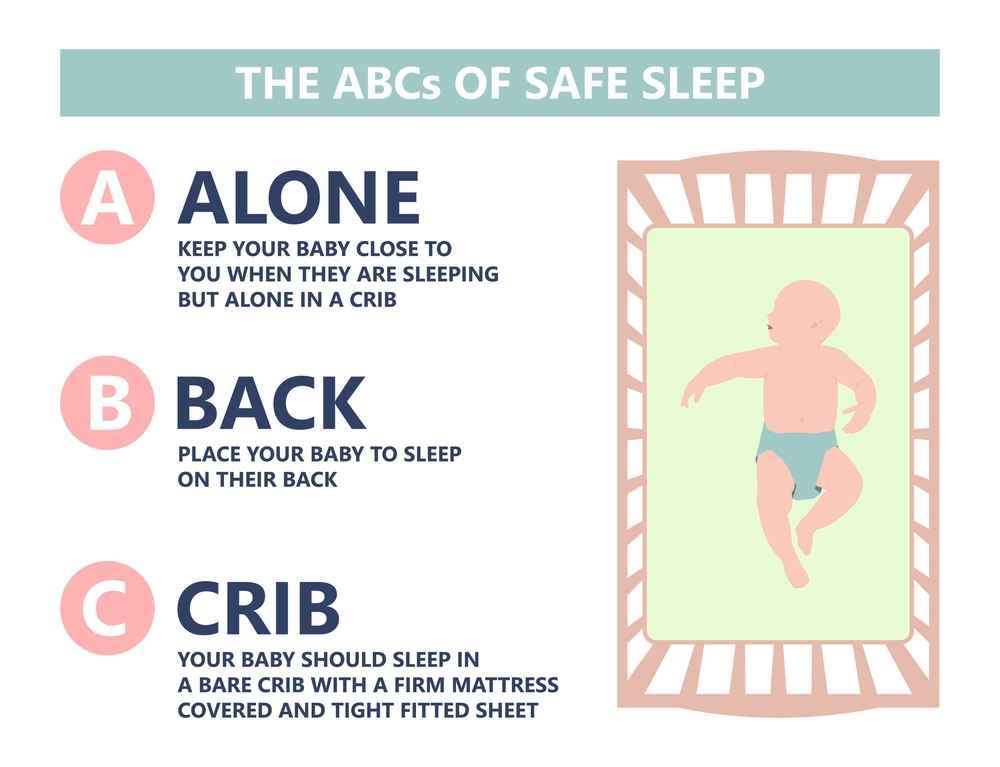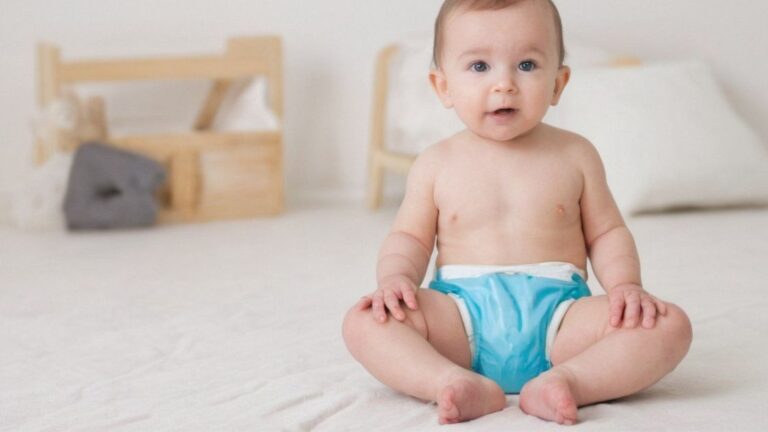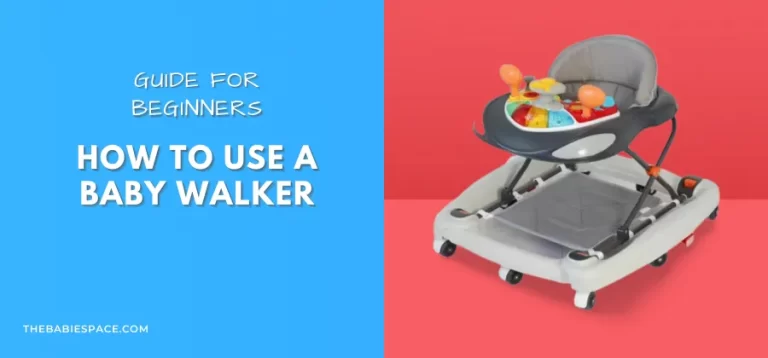Best Sleeping Position For Baby

What is the best sleeping position for baby to prevent sleep problems? What is the best sleeping position for a newborn baby? Well, it depends on the age of your baby.
This is a common query that every new parent faces in their parenting journey.
Best sleeping position for Newborn baby is on his back in first three months and sides after wards in growing age are best sleeping positions to prevent sleep problems, because in early few months they are not developed enough to move themselves into more life threating positions.
Best sleeping position to prevent sleeping problems
Well, there’s no best answer to that question. What works best for one newborn might not work best for another, For example, some babies will sleep better on their stomachs while others might be comfortable if they are positioned on sides.
To figure out what is best for your baby, you will need to experiment with different positions keeping in mind their age and safety guidelines to see which ones work best!
The purpose of sleep isn’t just about resting our bodies after waking up, it’s also vital for growth development in infants! Sleeping should last around 16-18 hours each day.
Types of sleeping positions of baby?
Babies usually sleep in three kinds of positions like adults:
- Back sleepers
- Side sleepers
- Stomach sleepers
Best sleeping position for baby
Always lay your baby on their back or side when they go to sleep. This is best because it reduces the risk of SIDS by 50%.
After spending nine months in the womb, it may be difficult for newborns to find a comfortable position. Some parents are concerned that their baby will experience acid reflux or other stomach issues if they sleep on their back.
The first few months of a newborn’s life are critical for growth development as well as taking care of the newborn, for the new parents it is more challenging.
However, resting your infant’s head and upper body over one of your legs alleviates any discomfort caused by laying flat and can help reduce spitting up due to decreased pressure on the digestive tract while asleep because there is more space between organs than when sitting upright as an adult might do throughout his/her day-to-day life.
Newborns need plenty of rest, There are many different opinions on whether or not a newborn baby should sleep on their back, stomach, side, or something else. Experts recommend that babies who cannot turn themselves over be put to bed with the head elevated by placing pillows and duvets under them for airways to stay open so they can breathe more easily whilst sleeping.
Unfortunately, most parents don’t know what is the best sleeping position is for their newborns. This leads to an increased risk of SIDS and other sleep-related deaths.
We’ve created this guide for the safest sleeping positions for your new baby so you can rest easy knowing that they’re getting enough rest without compromising their safety in any way!
Use a swaddle or blanket so they can’t move too much in their sleep. The best way to do this is with a swaddle but you must have a good knowledge of swaddling.
– Put a pacifier in your newborn’s mouth if he/she has trouble going to sleep without sucking on something.

Is it OK for a baby to sleep on his side?
Yes, it is ok for a baby to sleep on their side There is a significant reason for this: it reduces the risk of sudden infant death syndrome (SIDS), Is it OK for newborn to sleep with head to the side because it prevents the baby from developing a flat spot on the back of the head. As well It is quite comfortable for the infants to sleep on their sides but under 4 months it is easier to roll over the stomach that could be a fatal position yet the baby can leave his head up so it is better for the baby to sleep on his sides after 4 months when they awake for longer intervals, their motor muscles strat getting stronger which aids in rolling on by themselves.
At what age can babies sleep on their stomachs?
Babies can sleep on their stomachs between 4 to 6 months of their age when they can move their head up and roll of their own will.
This means laying your baby on their stomach, but not uncomfortably or dangerously where they would be suffocated by blankets or pillows stuffed under them. The reason this is best is that it maximizes airways to prevent any respiratory issues from occurring while asleep as well as soothe muscles down into the spine which helps with better spinal alignment during sleep cycles
A baby’s sleep style can be a sensitive issue. Experts say that leaving their little backs unprotected could lead to serious health issues, and it has been proven by science! The New York Times cites an article in Pediatrics journal which found “that of all children who died from sudden infant death syndrome (SIDS) –
About 1 out of 3 – were put down on their stomachs before they went to bed.” To avoid such fatal mistakes, many parents have come up with creative ways like using pillows or swaddling them tightly so as long as there are no gaps where air may enter around the child’s face. There’s nothing wrong with being safe than being sorry
6 Simple things to be considered to avoid SIDS in infants
Here are six tips that you can use to avoid SIDS when deciding what is the best position for a newborn child.
- Babies should always sleep in the same room as their parents to avoid SIDS
- Make sure your baby’s crib is clear of any blankets, pillows, or toys that might obstruct breathing.
- Place your baby so they are facing you while sleeping – this will help them feel more secure and less likely to cry
- Keep the temperature at 68 degrees Fahrenheit when it’s cold outside and make sure there is adequate airflow in the room with a fan or air conditioner.
- When putting your child down for bedtime, be mindful of how much they have eaten during the day and try not to feed them right before bedtime.
- Make sure you have a consistent bedtime routine, though it is not so applicable for the newborns because in the early few months of their age they can’t figure out the day and night sleep routine, however you can start creating a sleeping environment
Conclusion’;
In the early few months of age, newborns should sleep on their back, after four months it is recommended to put your baby on sides gradually you can move to the stomach sleep when your child is around one year of his/her age.
When you and your baby are ready to start experimenting with different sleeping positions, we have a few helpful tips for making the process easier. First of all, it’s important to only try one change at a time so that you can see how things work out before moving on to new adjustments. Secondly, don’t be afraid of trying something unusual! You never know what might end up being the best position for both you and your baby until you give it a shot. Finally, even if this is an adjustment where there doesn’t seem like any harm in trying many variations (like co-sleeping) and ABC’C, make sure that whichever variation works best remains consistent day after day.
Please comment below to let us know what is the ideal position for your darling baby.






